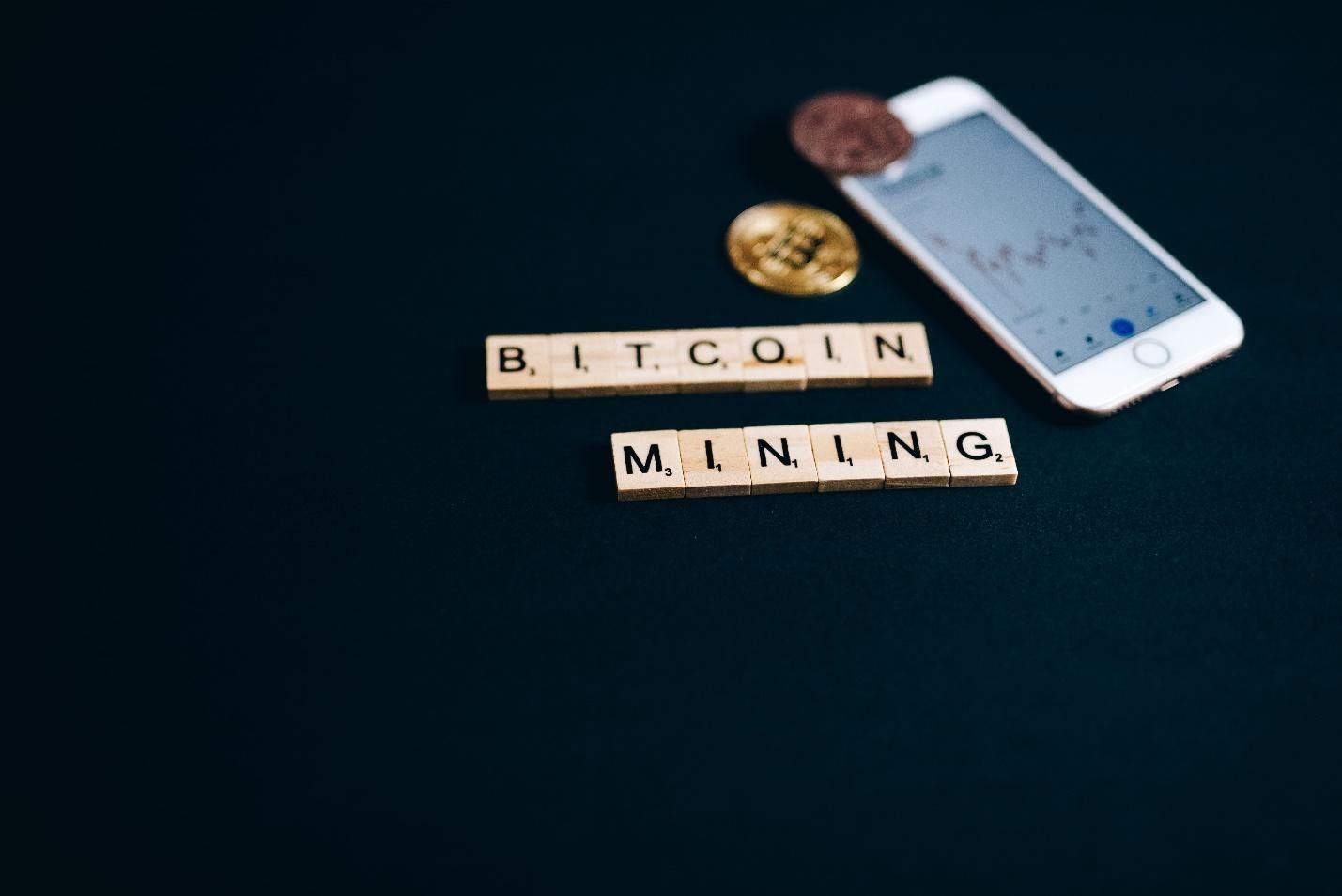- Bitcoin miner revenue grew beyond $106 million.
- Increased transaction fees indicate a rise in miners' compensation.
The much-anticipated Bitcoin halving event has come and gone quietly, and in its wake, Bitcoin miners have reached a significant new milestone in revenue. Data from BanklessTimes.com indicates that Bitcoin miner revenue grew to $106.7 million, with 75% coming from transaction fees.
Jayson Andrews, the CEO of BanklessTimes, commented:
BanklessTimes CEO, Jayson AndrewsThe rise in Bitcoin miner revenue, fueled by transaction fees, shows the strength of its network. It also highlights and acknowledges the important role of miners in securing the Bitcoin ecosystem. The revolution and evolution of the Bitcoin ecosystem are critical in redefining the digital finance landscape.
Rune Protocol Triggered the Jump
The recently released Rune protocol was critical in improving the mining revenue and attaining the new record. On April 19, while Bitcoin halving was initiated, the Rune protocol was also being launched. The protocol offers a new pathway for the Bitcoin network and creates a wave of new tokens.
The Rune protocol supplements the Ordinal protocol launched in December 2022. The Ordinal protocol allowed users to add a variety of media to the Bitcoin Blockchain, including audio and files. The Ordinal protocol victory triggered Casey Rodarmor to present the idea of the Runes token protocol. Runes’ main goal is to speed up the process of fungible tokens on the Bitcoin network.
Halving began concurrently with the launch of Rune protocol, which triggered fierce competition for Block space. Most miners were out to ensure they were the first to generate the tokens. While competing to validate transactions, they made almost $107 million in income in a day, which was record-breaking.
Rising Transaction Fees Driving Revenue Growth
Even with the expansion of network usage, transaction fees remain a critical component of Bitcoin miner revenue. Out of the $106.7 million, more than $80 million came from transaction fees, representing up to 75% of the total revenue for the day.
The rise in transaction fees relative to total block revenue indicates a change in miner compensation. These changes affect miners’ behavior, especially in areas with expensive power bills. The rising fees trigger the creation of second layers of a network, such as the lightning network, that may lower expenses and boost transaction speed on the blockchains. With high transaction fees, competition among users to process their transactions faster increases, leading to high costs for miners.












